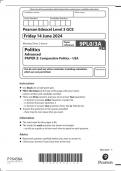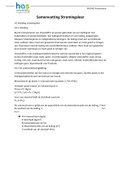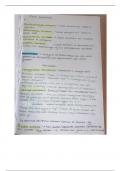College aantekeningen
Lecture notes Decision Making In Supply Chains
In this document all the knowledge clips and extra information given in the lectures are summarized for the course Decision making in Supply Chains. The examples are also taken into account.
[Meer zien]













